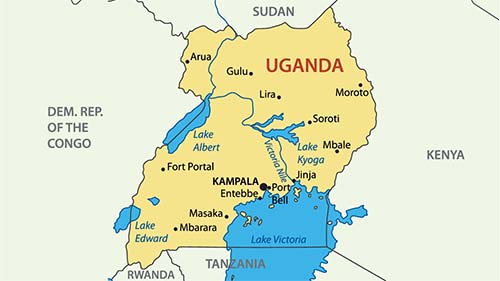How Uganda is leaving no-one behind in battle against HIV
Uganda has designed an innovative system to ensure that even people in remote rural communities can receive high quality HIV prevention, care and treatment services.
For over three decades, Uganda has been in the grip of a devastating HIV/AIDS epidemic. Around 1,350,000 people are currently living with HIV in the country, and there are an estimated 33 new HIV infections per day among young people between the ages of 15 and 24. But Uganda has been fighting back and — keenly aware of UNAIDS' goals for epidemic control by 2020 — has been making significant strides to contain the spread by widening the reach of its HIV prevention, care and treatment services. “Uganda is committed to achieving the 90-90-90 global UNAIDS targets,” says Charles Kiyaga, National EID/VL and Sample Transport Coordinator at the Ugandan Ministry of Health. The 90-90-90 targets aim to ensure that by 2020 90% of all people living with HIV will know their HIV status; 90% of all people with diagnosed HIV infection will receive sustained antiretroviral therapy and that 90% of all people receiving antiretroviral therapy will have viral suppression.

Reaching people in remote areas
The problem Uganda faces is that it is a country of around 43 million people; and many of its communities are poor, vulnerable and living in remote rural areas.
So how on earth do you reach everyone who may be at risk of HIV to ensure they are tested and, if necessary, treated with antiretroviral therapy?
Answer: you create innovative infrastructure to ensure that as many people as possible — wherever they live — can access fast, effective and high quality HIV services.
Innovative idea to transport blood samples
That's just what Uganda has done with its National Sample Transfer Network, which has been highly successful in ensuring that sample testing can be carried out quickly and efficiently at a variety of laboratory locations.
Around 100 'Hubs' — all with laboratory equipment and serving an average of 30 health facilities in a radius of 30km-40km — have been set up across the country. Samples from all parts of Uganda are sent to Hub testing centres by motorcycle, or to the national referral laboratories (“Central Public Health Laboratories”) in Butabika, Uganda, by courier. These include samples for essential HIV testing, including CD4, viral load and TB.
West Nile pilot pinpoints improvements
The Network has transformed both HIV testing access and HIV diagnosis and treatment in Uganda. It has also helped the country take a huge step towards realising the UNAIDS 90-90-90 goals.
Yet every system can be improved. So in 2016, the Ministry of Health began a laboratory strengthening pilot in Uganda's West Nile Health Region. The focus was on enhancing operational efficiencies within HIV testing centres to provide greater testing effectiveness and better patient 'follow up’.
By applying the Danaher Business System to power transformational thinking, and with use of lean 6 sigma principles, a problem-solving workshop was held to map the system's processes and highlight where obstacles were causing inefficiencies. Then a co-ordinator was appointed and placed into the region to support the Hubs, call for increased use of Hub services and oversee the Sample Transfer Network.
The impact of the regional co-ordinator
The difference the co-ordinator made to the West Nile network was startling, with results including:
- significant improvement in effectiveness and efficiency of laboratory services
- increase in demand for HIV essential diagnostics
- effective use of laboratory services
- significant reduction in turnaround time
- increased use of Hub laboratory services
- increased efficiency and reliability of the Hub transport system.
“Within a short while, we could see the impact the regional co-ordinator was having,” says Charles Kiyaga. “The volume of samples trickling through the Hubs increased and after three months we could see under-utilised or inactive Hubs becoming active.” Capacity at the Hubs also improved. “For instance, capacity for CD4 testing hadn't been used at one of the Hubs — but during the pilot this changed,” says Kiyaga.
Following the success of the pilot, it's now recommended that co-ordination should be rolled out to the rest of the regions. This supports achievement of UNAIDS 90-90-90 target goals by 2020.
Uganda's National Sample Transfer Network has been so well-received that Kiyaga is now helping establish similar initiatives in other African nations. “We think this is a revolutionary system that will change the face of laboratory services,” he says.
Dr Charles Kiyaga Totle, IAS 2017, Paris.
Talk to an expert about CD4 testing solutions
CD4 Testing in Remote Areas

CD4 testing in remote areas
Follow the links, to learn how Uganda designed an innovative system to ensure that people in remote communities can receive high quality HIV prevention, care and treatment services.
How Uganda is Leaving No One Behind
Around 1,350,000 people are currently living with HIV in Uganda, and there are an estimated 33 new HIV infections per day among young people between the ages of 15 and 24.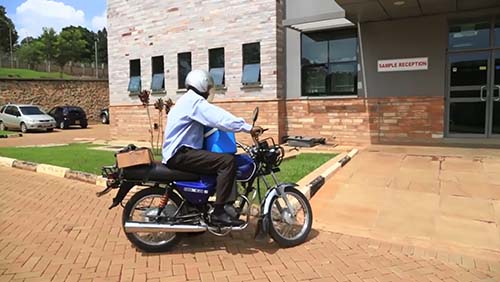
Efficient Sample Collection in Remote Areas
The main challenge faced by people in remote areas when it comes to HIV/AIDS testing is access. People in remote areas can be very poor, so it can be difficult for them to travel to the service point, although the treatment itself is free in Uganda.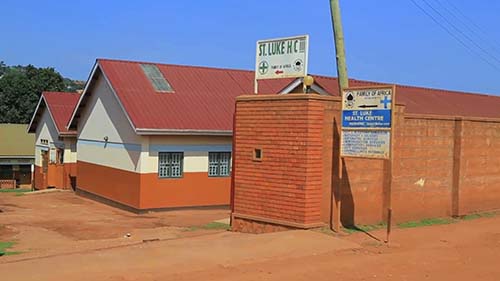
High Quality Testing in Rural Communities
The majority of countries still don’t have the infrastructure, transport or technology to effectively manage the collection, storage and transportation of the blood once the sample has been taken.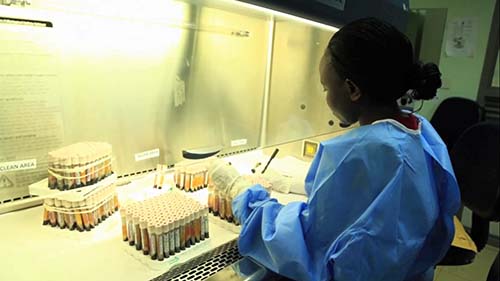
Demonstrating Operational Efficiencies: Part 1
Stimulating efficiency while empowering and mentoring local laboratory professionals in workflow management underpins the remarkable improvement in the routine laboratory service of Uganda’s West Nile Health Region.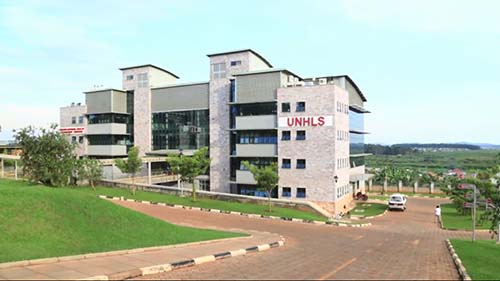
Demonstrating Operational Efficiencies: Part 2
Uganda’s Central Public Health Laboratories (CPHL) recognized that its regional laboratory service was suffering from a number of challenges that were affecting service delivery and patient outcomes.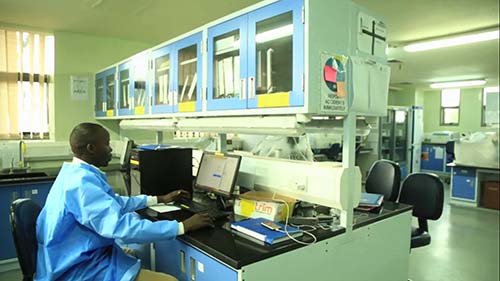
Demonstrating Operational Efficiencies: Part 3
The initial assessment found that supplies would be delayed, with frequent stock outs, due to poor communication because there was no clear chain of command for coordinating this activity.